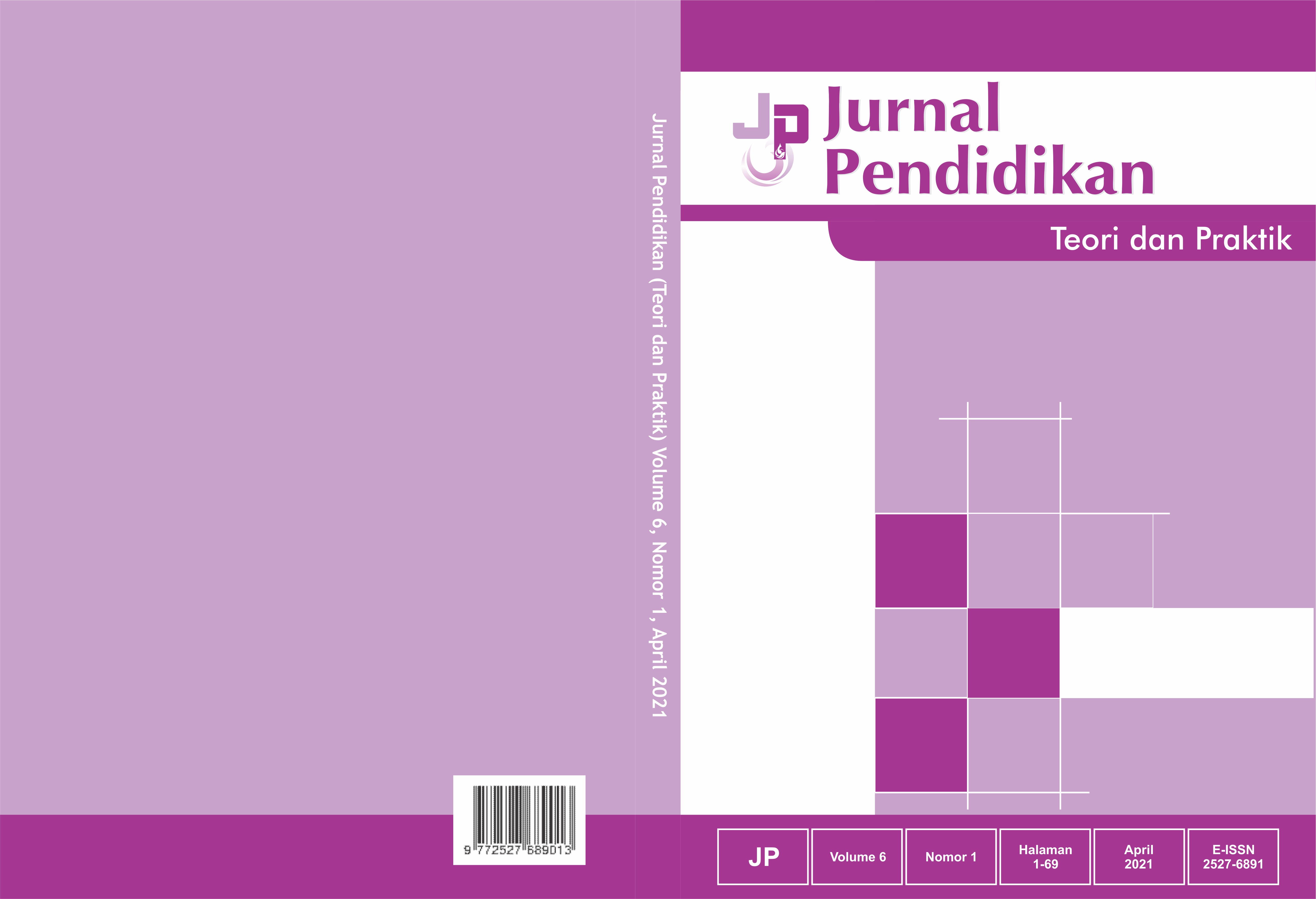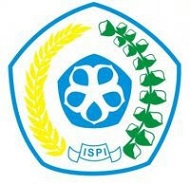PERBANDINGAN HASIL BELAJAR IML DENGAN PENERAPAN STRATEGI SL PADA MODEL CBL DAN CPS SISWA IX TITL
DOI:
https://doi.org/10.26740/jp.v6n1.p23-31Keywords:
CBL, CPS, SL, Hasil Belajar, Instalasi Motor ListrikAbstract
The use of learning models and strategies that have not been effective causes a lack of interest in learning for vocational high school students. So that it becomes one of the factors for the low learning outcomes of SMK (vocational high school) students. This research aims to determine the difference in average learning outcomes in the aspects of knowledge, attitudes and skills of electric motor installation study due to the influence of the application of Challenge Based Learning combined with Scaffolding Learning strategies with Creative Problem Solving combined with Scaffolding Learning strategies in class XI TITL SMK students. The method of this study was a pretest and posttest with a quasi-experimental type of research. The Challenge Based Learning learning model combined with the Scaffolding Learning strategy and Creative Problem Solving combined with the Scaffolding Learning strategy are the independent variables in this study. Learning Outcomes of Electric Motor Installation is the dependent variable with the research subjects of class XI TITL A and TITL B SMK as many as 35 students. The results of the t-test on the knowledge aspect of electric motor installations obtained a value of 0.042 and the results of the attitude and skills t-test obtained a value of 0.031. Based on these results, both of them have significant results on the differences from the application of the two models combined with the strategy. The results show that there are differences in the average learning outcomes of knowledge, attitudes and skills because the influence of the CBL learning model combined with the SL strategy is higher than the CPS model combined with the SL strategy for class XI TITL SMK in IML subjects
References
Downloads
Published
How to Cite
Issue
Section
License
Copyright (c) 2022 JP (Jurnal Pendidikan) : Teori dan Praktik

This work is licensed under a Creative Commons Attribution-ShareAlike 4.0 International License.
 Abstract views: 474
,
Abstract views: 474
, PDF Downloads: 235
PDF Downloads: 235








.png)





